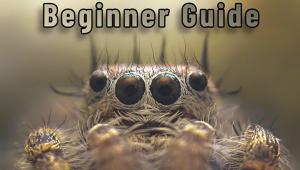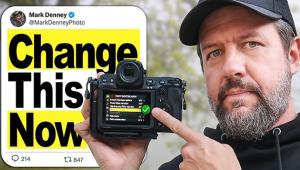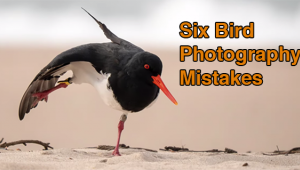Want Seriously Sharp Nature & Wildlife Photos? Watch This Video
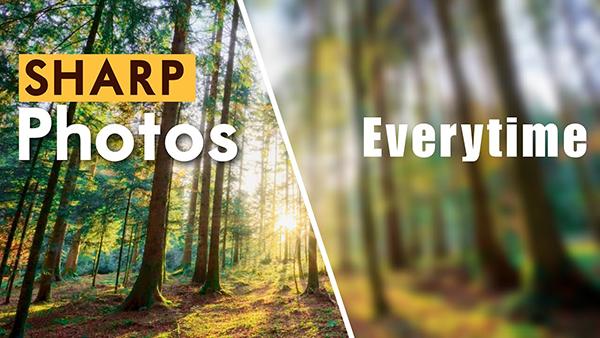
If you're a regular visitor to the Shutterbug website you know that we frequently post tutorials on attaining fast and precise focus. That's because many of our favorite instructors have a personal technique that differ from others, and it's worth giving them all a try until you find a method that works best for you.
Today's episode from Canadian pro Simon d'Entremont reveals a method he claims is "the best for every scenario" from landscape and wildlife photography to portraits and more." Simon is based in Eastern Canada and he's adept and at a variety of genres, so when he makes such an emphatic claim it's worth paying attention.
Simon begins with a quick explanation of why photos may be unsharp. Maybe you inadvertently focused on the background instead of a primary subject closer to the camera. Or perhaps your goal was maximum sharpness throughout the frame, and you used the wrong aperture setting to achieve the necessary depth of field.
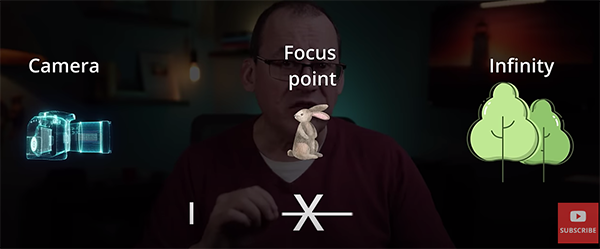
There are other reasons for blurry photos, but fear not, because Simon has some great solutions for a wide variety of problems—whether your subject is stationary or in motion. He explains the common term "acceptably sharp" like this: "Focus doesn't go from poor to perfect all at once." In other words, the area in precise focus is the point at which light rays converge, but there's an area in front of and behind this spot that will still appear quite sharp.
This is where depth of field enters the equation, because the chosen aperture determines how broad or narrow the zone of sharpness will be. Thus, "the thinner the depth of field, the blurrier the background will be." Conversely, the deeper the depth of field, the sharper the foreground and the background will look.
Simon reviews three variables that affect depth of field; camera-to-subject distance, the focal length of a lens, and the aforementioned aperture setting on whatever lens you use. He provides interesting illustrations to depict how all this works.
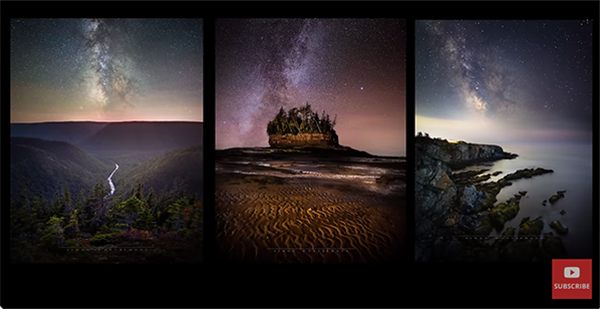
With the basics out of the way Simon turns to important shooting techniques and how they differ based upon the genre of photography that you're pursuing. Thus, the best approach to take will be different when shooting landscapes or architectural photos that it will be when photographing wildlife or portraits.
One key to fully maximizing Simon's advice is an understanding of how hyperfocal distance works. By the time you're done watching you'll be totally up to speed on this valuable concept, and how it interacts with other essential variable for nailing focus every time. Be sure to pay a visit to Simon's instructional YouTube channel where there is much more to learn.
We also recommend watching the related tutorial we posted last month from another expert, explaining what professional photographers know about f/stop settings that you probably don't.



